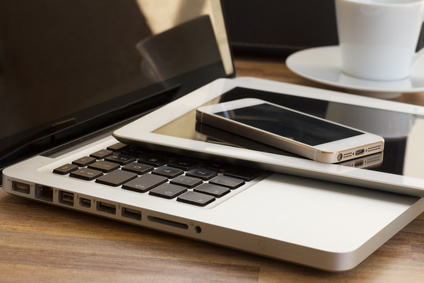September 11, 2001 was the beginning of the slow death of the paper check. Before that day, money was moved across the U.S. very differently than it is now. Banks moved paper checks by truck to central processing centers. They were then sorted and bundled onto airplanes for further transportation.
On any given day, there was around $6 billion in the air flying from one destination to another. In the wake of the 9/11 terrorist attacks, that number rose to $47 billion due to the FAA grounding planes. This led to the Check 21 Act. This act allowed banks to use electronic images, instead of relying solely on paper checks.
The rest is history. Electronic check processing has experienced great success. There are very few payments that take place today that are settled between banks using paper checks. In fact, according to a study published last year by the Federal Reserve Bank of Philadelphia (PDF), even substitute checks – allowed by the Check 21 Act – were “practically zero” by 2011.
The number of checks being used by U.S. consumers continues to slowly drop year by year. In 2009, the number of check written by consumers and businesses was 28 billion. This amount has dropped about 1.8 billion each year. According to the Philadelphia Fed study, “Getting Rid of Paper: Savings from Check 21”, paper checks will be eliminated entirely by 2026.
This study also estimated that electronic check processing is saving the banking system $1.2 billion a year. In addition, consumers and businesses are getting $2 billion in benefits from the faster payment processing. These numbers may come as a surprise to the average banking customer or small business who are completely unaware of the short lifespan of their checks.
One of the biggest influences on electronic check processing is smartphone and tablet commerce and Internet-enabled in-store payment options, like Square and LevelUp. These improvements have led payment processors, like EMB, to offer the very latest in electronic check processing. Other major companies have made changes in the way they accept payments as well.
For example, Amazon allowed its customers to use checks to pay for their purchases if they were leery of using their credit card. In 2008, Amazon discontinued this as a payment option. Chicago payment company, Braintree, recently acquired Venmo in order to build a digital wallet for mobile transactions; this move could make more payments all-electronic. In addition, Square, with its iconic credit-card swiper, is used for much more than a cash replacement for coffee shops. It is often used for artists, massage therapists and other professionals who would normally accept checks.
With all of these changes, the death of the paper check appears imminent. Electronic check processing is opening up new opportunities for business to offer their customer’s the easiest and fastest in payment processing options. The continued shift to e-commerce and mobile payments is a big shift in favor of electronic check processing.


